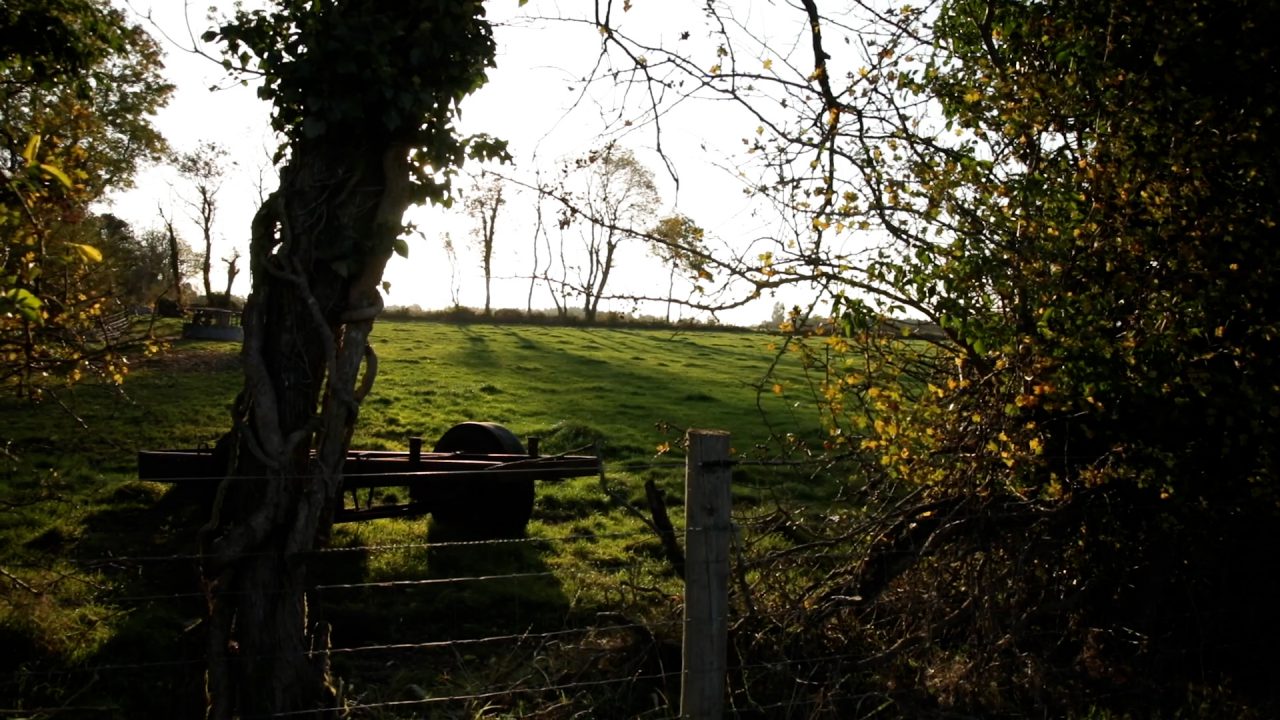A public consultation is now open for members of the public and stakeholders to give their views on a three-year strategy statement for the National Parks and Wildlife Service (NPWS).
The consultation opened today (Friday, October 14). This new strategy statement will be a first for the NPWS.
The statement will set out the “core mission” of the service, together with the organisation’s key priorities for 2023 to 2025.
In May 2022, the government approved the implementation of the Strategic Action Plan for the renewal of the NPWS as an executive agency within the Department of Housing, Local Government and Heritage.
The department says that there are a number of strategic priorities that the NPWS is required to address in the coming three years, and significant challenges to overcome.
The NPWS is seeking the views of individuals and organisations as to what its main priorities should be, what the principal challenges are across the key areas of its work, and any other views that should be taken into account as the strategy is developed.
The consultation will close on December 9 next.
Commenting on the public consultation, Minister of State for heritage Malcolm Noonan said: “In publishing the Strategic Action Plan for the Renewal of the NPWS this year, we committed to organisational changes in order to establish clearer core priorities and better direction of resources.
“Our aim is to have an NPWS that is more resilient, more stable, with stronger identity of its own, better able to drive and lead change,” he added.
In other biodiversity-related developments, ten local authorities have been awarded funding to appoint officers to deliver local measures on biodiversity.
The funding for the recruitment of these officers is being delivered by the Heritage Council and the County and City Management Association (CCMA) with the support of the Department of Housing, Local Government and Heritage, and the National Parks and Wildlife Service (NPWS).
The new officers will have a range of responsibilities.
These will included:
- Developing and implementing a county biodiversity plan;
- Advising the local authority on biodiversity-related issues;
- Establishing a county biodiversity forum;
- Assisting local authority departments in integrating biodiversity into their actions and policies;
- Promoting new initiatives based on best conservation practice.
